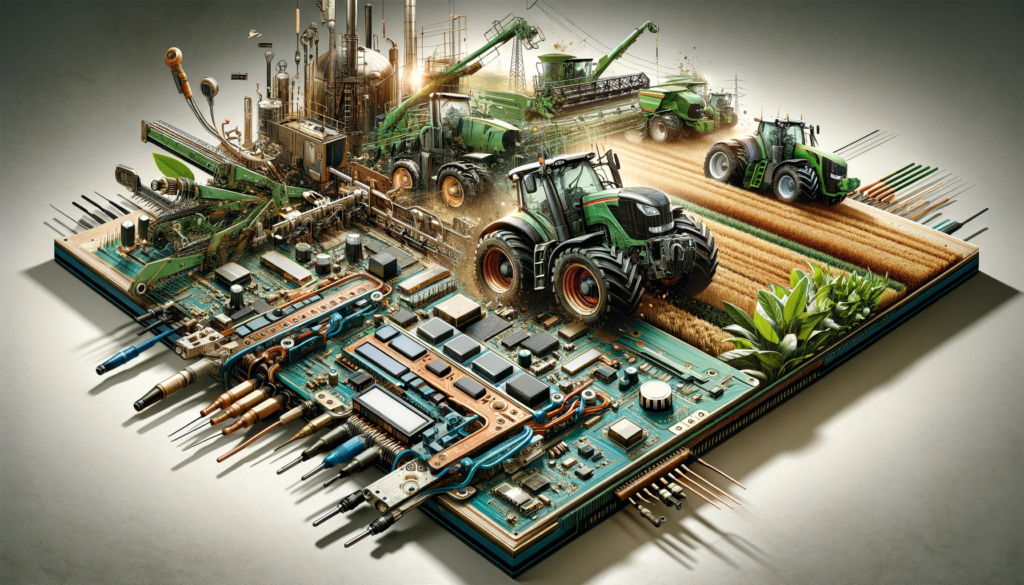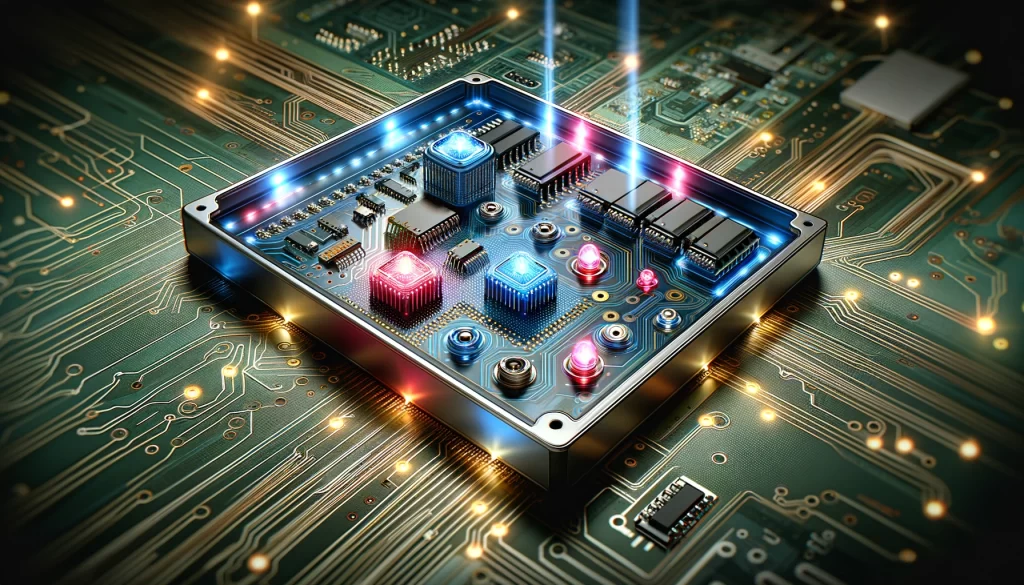Understanding the cost structure of membrane switch production is essential for manufacturers, designers, and end-users alike. It provides valuable insights into the factors that influence the overall cost of these components, enabling more informed decisions regarding design, material selection, and supplier negotiation. The cost structure of membrane switch production encompasses various elements, from material costs to labor, overhead, and additional services. This comprehensive overview will delve into these components, shedding light on what contributes to the final cost of producing a membrane switch.
Material Costs
Material costs represent a significant portion of the overall expense in membrane switch production. The selection of materials impacts both the performance and cost-efficiency of the final product. Key materials include:
- Conductive Inks: Used to create the circuit layers, with choices ranging from silver to carbon-based inks, each varying in price and conductivity.
- Substrate Layers: Typically made of polyester or polycarbonate, which differ in durability, flexibility, and cost.
- Adhesives: Crucial for layer adhesion, with options designed for different environmental resistances and durability requirements.
- Domes and Actuators: Metal or polydome choices affect the tactile response and cost.
- Graphic Overlay: The top layer that users interact with, which can be customized extensively, impacting the cost based on the complexity of designs and durability requirements.
Labor Costs
Labor costs in membrane switch production can vary significantly depending on the complexity of the design, the degree of automation within the manufacturing process, and the geographical location of the manufacturing facility. Assembly, quality control, and testing are labor-intensive processes that contribute to the overall cost, especially for intricate designs or when strict quality standards are applied.
Manufacturing Overhead
Manufacturing overhead includes the costs of operating the production facility but not directly tied to any specific product unit. This encompasses:
- Equipment Depreciation: The cost of wear and tear on machinery used in production.
- Utility Expenses: Power and maintenance costs for operating the production equipment and facilities.
- Facility Costs: Rent or mortgage payments for the manufacturing space.
- Indirect Labor: Salaries for supervisory, maintenance, and other non-direct production staff.
Design and Prototyping
The initial stages of design and prototyping are crucial for ensuring the final product meets the desired specifications and quality standards. These stages can be resource-intensive, involving:
- Design Engineering: Time spent by engineers to develop and refine the membrane switch design.
- Prototype Production: Costs associated with creating and testing prototypes, including materials, labor, and any necessary revisions based on testing outcomes.
Testing and Quality Assurance
Ensuring that membrane switches meet all functional and quality requirements involves rigorous testing, which can include life cycle testing, environmental resistance testing, and electrical functionality tests. The complexity and extent of these tests contribute to the overall cost structure, ensuring the reliability and durability of the final product.
Additional Services
Additional services such as custom packaging, expedited manufacturing processes, and extended warranties can also add to the cost of membrane switch production. These services, while potentially increasing the per-unit cost, can offer value in terms of product presentation, speed to market, and long-term reliability.
Shipping and Logistics
The cost of shipping and logistics, including the transportation of materials to the manufacturing facility and the delivery of the final product to the client, must also be considered. International shipping can introduce additional costs such as tariffs and customs fees.
Conclusion
The cost structure of membrane switch production is complex and influenced by a wide range of factors, from the choice of materials and design complexity to labor costs, manufacturing overhead, and additional services. Understanding these components allows for more strategic decisions in design, material selection, and supplier negotiations, ultimately affecting the cost-efficiency and market competitiveness of the final product. By carefully considering each aspect of the cost structure, businesses can optimize their membrane switch designs to meet both performance requirements and budget constraints.



